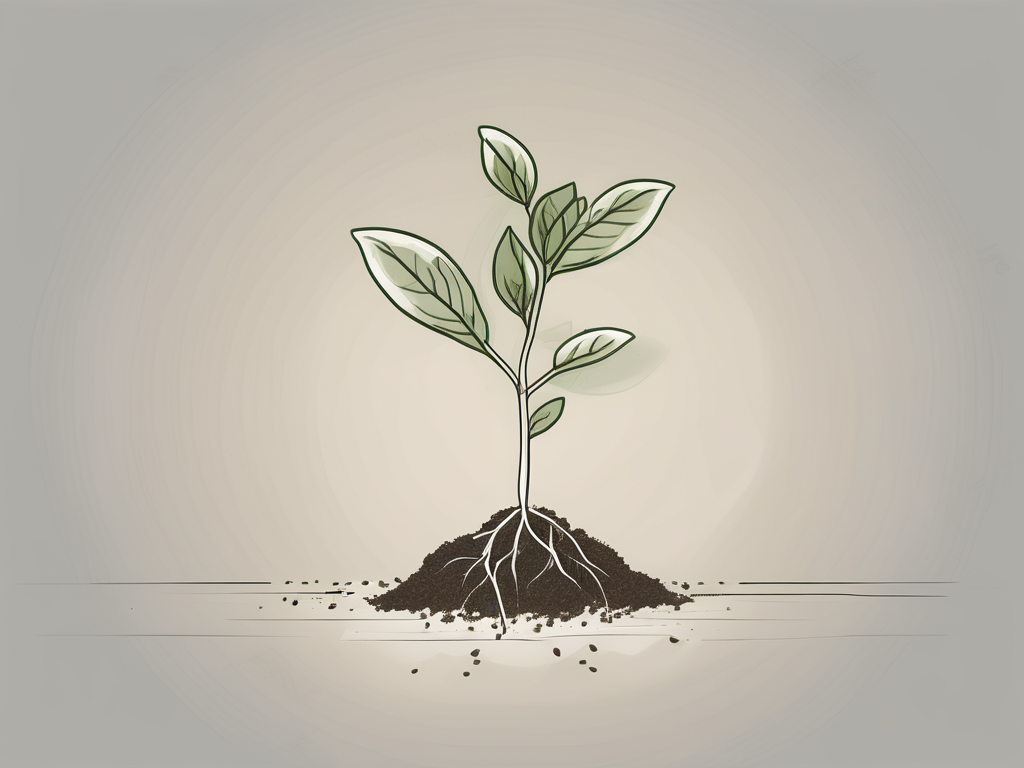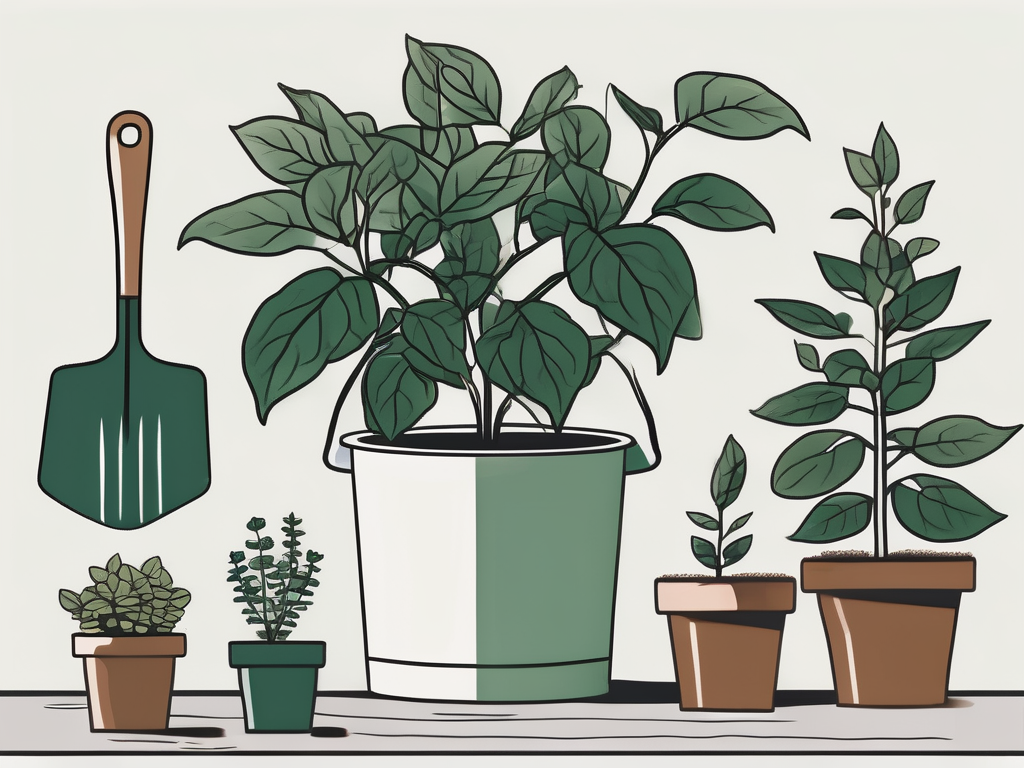
If you've ever been captivated by the colorful world of orchids, you're in for a treat. Dendrobium orchids, with their stunning variety and adaptability, are some of the most popular orchids among plant lovers. Whether you're a seasoned orchid grower or just starting out, understanding the different types of Dendrobium orchids can enhance your appreciation and care for these marvelous plants.
In this article, we'll take a closer look at the fascinating world of Dendrobium orchids. We'll explore various types, their unique characteristics, and offer practical tips on how to care for them. By the end, you'll have the knowledge to cultivate these beautiful orchids with confidence and incorporate them into your home decor for an added touch of natural elegance.
Dendrobium Nobile: The Classic Beauty
Dendrobium Nobile is often what comes to mind when people think of Dendrobium orchids. Known for its vibrant and fragrant flowers, this type has a timeless charm that's hard to resist. The blooms typically appear in clusters along the cane, creating a spectacular display that can last for several weeks.
One of the appealing aspects of Dendrobium Nobile is its seasonal blooming pattern, which usually occurs in late winter to early spring. This makes them a perfect indoor plant for those dreary months when you need a splash of color. They require a cool period to trigger blooming, so placing them near a window with indirect light and cooler temperatures can help.
To care for Dendrobium Nobile, remember:
- Light: Provide bright, indirect light. Too much direct sunlight can scorch the leaves.
- Temperature: They prefer moderate temperatures during the growing season but need cooler nights to bloom.
- Watering: Water less frequently during the winter and more during the growing season. Allow the top inch of soil to dry out between waterings.
- Humidity: They thrive in higher humidity levels, so consider using a humidifier or placing a tray of water nearby.
With proper care, your Dendrobium Nobile will reward you with a cascade of stunning blooms that can brighten any space.
Dendrobium Phalaenopsis: The Tropical Stunner
If you're drawn to the tropical aesthetic, Dendrobium Phalaenopsis is the orchid for you. Unlike Dendrobium Nobile, this type doesn't require a cool period to bloom, making it suitable for warmer climates. Its striking, long-lasting flowers are often used in floral arrangements and add a touch of exotic beauty to any room.
Caring for Dendrobium Phalaenopsis involves a few key steps:
- Light: They love bright, filtered light. A spot near a window with a sheer curtain works well.
- Temperature: These orchids enjoy warm temperatures year-round, ideally between 65-85°F (18-29°C).
- Watering: Keep the soil slightly moist during the growing season, but allow it to dry out a bit between waterings in winter.
- Fertilizing: Feed with a balanced orchid fertilizer every two weeks during active growth.
Dendrobium Phalaenopsis orchids are relatively low-maintenance, making them a great choice for beginners and seasoned plant parents alike. Their vibrant colors and ease of care can bring a piece of the tropics right into your home.
Dendrobium Kingianum: The Rock Orchid
Named after its ability to thrive in rocky environments, Dendrobium Kingianum is a resilient and adaptable orchid. Native to Australia, this type can grow in a variety of conditions, from the rocky terrains to the more hospitable settings.
The flowers of Dendrobium Kingianum are typically small but numerous, and they can range in color from white to deep purple. These orchids have a delightful fragrance that can fill a room, especially during their blooming season in late winter to early spring.
When caring for Dendrobium Kingianum, consider these tips:
- Light: Provide bright, indirect light. Direct sunlight can be tolerated if it's not too intense.
- Temperature: They can handle a wide range of temperatures but prefer cooler nights to encourage blooming.
- Watering: Water regularly during the growing season, allowing the top layer of soil to dry out between waterings. Reduce watering in winter.
- Fertilizer: Use a balanced orchid fertilizer during the growing season, but dilute it to half strength.
The rugged nature of Dendrobium Kingianum makes it a great choice for those who might be new to orchid care but want a plant that's forgiving and rewarding.
Dendrobium Aggregatum: The Golden Cascade
Imagine a cascade of golden blooms that resembles a waterfall of sunshine. That's what Dendrobium Aggregatum offers with its stunning display of bright yellow flowers. This type of Dendrobium is often used in hanging baskets to showcase its trailing nature, making it a striking addition to any plant collection.
Dendrobium Aggregatum requires specific conditions to thrive:
- Light: Bright, indirect light is best. Too much shade can result in fewer blooms.
- Temperature: They prefer warm days and cooler nights, which mimic their natural habitat.
- Watering: Keep the soil moist during the growing season. Reduce watering in winter to mimic the dry season.
- Humidity: High humidity levels are beneficial, so misting or a humidifier can help.
With the right care, Dendrobium Aggregatum can produce a breathtaking display that captures the essence of a tropical paradise.
Dendrobium Anosmum: The Fragrant Delight
For those who appreciate fragrance as much as visual appeal, Dendrobium Anosmum is a captivating choice. Known for its sweet scent, this orchid is often referred to as the "fragrant orchid." Its flowers can range from white to pink, with a delicate and romantic appearance.
Caring for Dendrobium Anosmum involves:
- Light: Bright, indirect light is ideal. They can tolerate some morning sun but avoid harsh afternoon rays.
- Temperature: They prefer warm temperatures but need a cooler period to encourage blooming.
- Watering: Water regularly during the growing season, allowing the soil to dry out slightly between waterings. Reduce watering in winter.
- Fertilizing: Use a balanced orchid fertilizer during active growth. Reduce feeding in winter.
The delightful fragrance of Dendrobium Anosmum can transform any room into a fragrant oasis, making it a lovely addition to your home.
Dendrobium Cuthbertsonii: The Miniature Marvel
Don't let its small size fool you; Dendrobium Cuthbertsonii packs a punch with its vibrant colors and charming blooms. Native to the highlands of New Guinea, this miniature orchid is perfect for small spaces where larger plants might not fit.
This orchid's care includes:
- Light: Bright, indirect light is best. They can handle some direct sunlight if it's not too intense.
- Temperature: They thrive in cooler temperatures, making them ideal for cooler parts of your home.
- Watering: Keep the soil consistently moist, but avoid waterlogging. They appreciate high humidity.
- Fertilizer: Use a balanced orchid fertilizer, but apply sparingly due to their small size.
Dendrobium Cuthbertsonii's compact nature and striking blooms make it a standout choice for any orchid collection, especially for those who love a pop of color without the need for a big plant.
Dendrobium Speciosum: The King Orchid
Known as the "King Orchid," Dendrobium Speciosum is a majestic and robust variety that can grow quite large under the right conditions. Native to Australia, this orchid is celebrated for its impressive size and beautiful, creamy white to yellow flowers.
To care for Dendrobium Speciosum, follow these guidelines:
- Light: They need bright, indirect light. A bit of direct morning sun can be beneficial.
- Temperature: They prefer moderate temperatures, with cooler nights to encourage flowering.
- Watering: Water regularly during the growing season, allowing the soil to dry slightly between waterings. Reduce watering in winter.
- Humidity: Moderate humidity is ideal. Consider using a humidity tray or misting in dry environments.
The bold presence of Dendrobium Speciosum can make a striking statement in any garden or indoor space, offering a regal touch that few other plants can match.
Dendrobium Latouria: The Versatile Beauty
Hailing from the islands of the South Pacific, Dendrobium Latouria is known for its unique and varied flower shapes. This type is highly adaptable and can thrive in a range of environments, making it a versatile choice for orchid enthusiasts.
Dendrobium Latouria thrives with these care tips:
- Light: Bright, indirect light suits them well. Avoid harsh midday sun.
- Temperature: They enjoy warm days and cooler nights, similar to their natural habitat.
- Watering: Keep the soil moist during the growing season, but allow it to dry out slightly between waterings in winter.
- Fertilizer: Use a balanced orchid fertilizer during active growth, reducing it in winter.
With their unique flowers and adaptable nature, Dendrobium Latouria orchids can add an exotic flair to your plant collection, fitting nicely into various indoor environments.
Final Thoughts
We've explored the diverse beauty of Dendrobium orchids, from the classic Dendrobium Nobile to the versatile Dendrobium Latouria. Each type offers its own charm and requires specific care to thrive. Whether you're drawn to their stunning flowers, delightful fragrances, or unique growth habits, there's a Dendrobium orchid for everyone.
At Cafe Planta, we believe that houseplants, like Dendrobium orchids, have the power to bring joy and tranquility to any space. If you have questions about how to care for your plants or want to explore our collection, don't hesitate to reach out via email or Instagram. We're here to support you on your plant journey and help you create a beautiful, thriving plant collection in your home.












